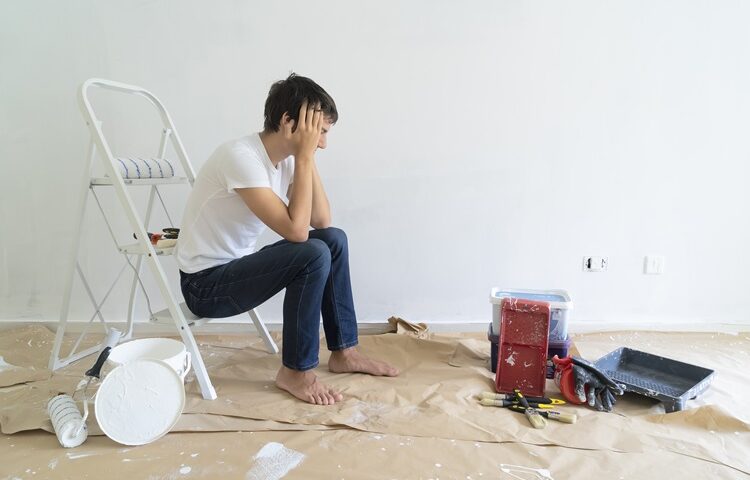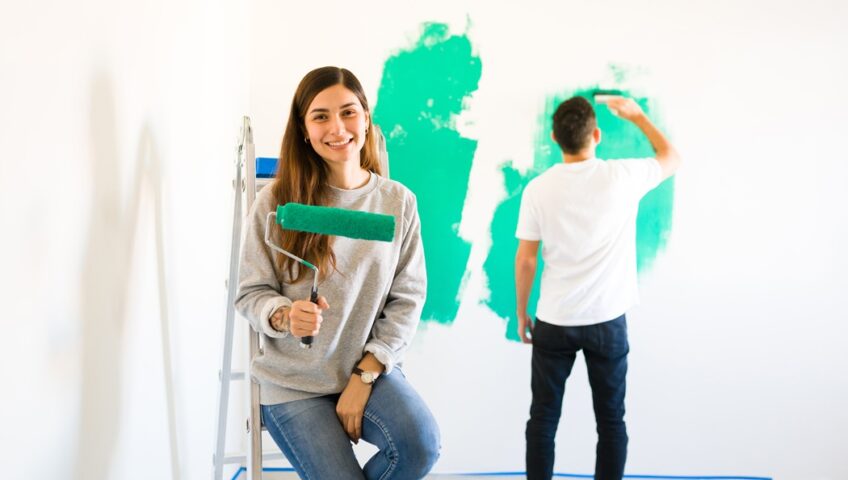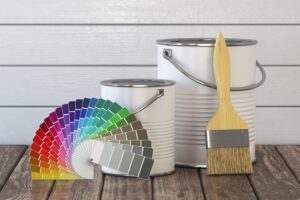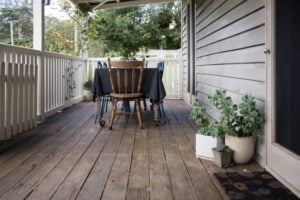
What is the Best Time of Year to Power Wash Your Home in New Jersey?
If you’re a New Jersey homeowner worried about mildew, dirt-streaked siding, or stubborn stains that ruin your home’s curb appeal, you’re not alone. Many residents put off power washing because they’re unsure when it’s safe, effective, or even necessary, and that hesitation can ultimately cost them. The truth is, timing matters. Pressure washing in the wrong season or with the wrong technique can cause damage instead of improvements. That’s where Inside Out Painting LLC, a family-owned business serving New Jersey for over a decade, steps in. With the right timing and skill, they help homeowners restore their property’s beauty without the risks.
Why Timing Matters for Power Washing
Power washing isn’t just about blasting away dirt; it is about doing it safely and effectively. In New Jersey, the climate swings between humid summers, snowy winters, and pollen-heavy springs. Each season creates unique challenges:
- Winter: Freezing temperatures can damage equipment and cause water to seep into cracks, leading to ice expansion and structural issues.
- Spring: Perfect for clearing away pollen, mildew, and grime that built up over the winter.
- Summer: Warm temperatures accelerate drying, but extreme heat can cause detergents to evaporate too quickly.
- Fall: A smart time to wash off leaves, mold, and debris before winter storms lock it in.
Here’s the thing: power washing at the wrong time could mean wasted money, slippery surfaces, or even water damage to your siding.
The Best Time to Power Wash a Home in New Jersey
Most experts agree that the ideal time to power wash your house in New Jersey is late spring through early fall (April to October).
Why Spring?
- Removes winter salt, grime, and mildew.
- Prepares your home for outdoor gatherings, graduations, and barbecues.
- Prevents algae growth before summer humidity sets in.
Why Summer?
- Longer daylight hours = faster drying.
- Great for siding, decks, patios, and driveways.
- Works well before painting or staining projects.
Why Fall?
- Clears leaves, dirt, and organic buildup before snow hits.
- Protects siding and gutters from mold and rot.
- Ideal if you’re listing your home for sale before the holidays.
Pro tip: Avoid power washing during freezing temperatures or when nights dip below 32°F. Water trapped in cracks can freeze, expand, and cause damage.
How Often Should You Power Wash Your Home?
New Jersey homeowners should plan to power wash every 1–2 years, depending on:
- Surrounding trees and pollen levels.
- Proximity to busy roads (traffic dust buildup).
- Moisture levels around your property (homes near lakes/wooded areas often need it more often).
Can You Power Wash in Winter?
Technically, yes but it’s risky. Cold temps make surfaces brittle and unsafe. Plus, detergents don’t work as effectively in freezing conditions. Unless it’s an emergency cleanup, winter power washing is not recommended in New Jersey.
Should You Do It Yourself or Hire a Pro?
Here’s the truth: a 3,000 PSI pressure washer can slice through wood, vinyl, and even concrete if mishandled. Too many homeowners rent machines, aim the nozzle a little too close, and end up carving permanent damage into their siding. Others skip using the proper bleach-and-detergent solution, which means mildew spores grow right back within weeks.
That’s why it pays to let an expert handle it. Inside Out Painting LLC combines skill, proper technique, and safe cleaning solutions to deliver spotless results without the risk.
Final Takeaway
The best time to power wash your New Jersey home is between April and October, with spring and fall being the sweet spots. Whether you’re preparing for a backyard party, refreshing your siding, or boosting curb appeal before listing your house, timing (and expertise) makes all the difference.
If you’d rather skip the guesswork (and the risk of damage), let the pros at Inside Out Painting LLC take care of it. With over 10 years of trusted service in Clark and across New Jersey, they know how to make your home shine safely.







